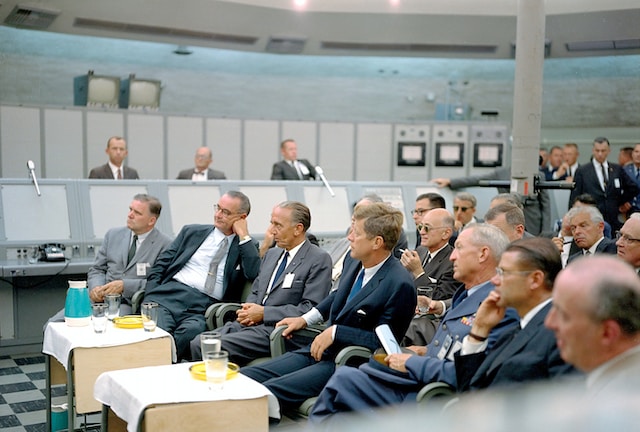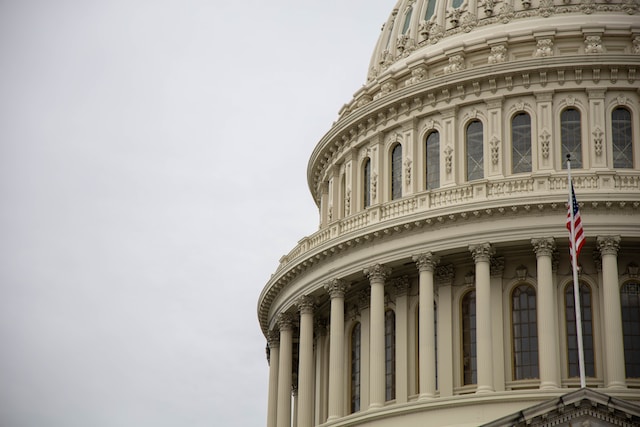Public administration is how government policies are executed and public agencies are managed. It’s crucial to look at different systems around the world to understand better how they solve problems and meet the needs of their people. This article will explore how the U.S. and Europe approach public administration. Each has a unique style shaped by history, culture, and politics. By comparing these two, we can learn about the strengths and weaknesses of each system and see what lessons might be transferable between them.
How History Shaped Public Administration in the U.S. and Europe
Public administration in the U.S. began with the Constitution, which established a federal system and separated powers between branches of government. This created a strong role for individual states and a system that values checks and balances. Later, major events like the Progressive Era and the New Deal expanded the federal government’s role, adding more structure and focusing on efficiency in public services. In Europe, things developed differently. Some countries built highly centralized systems, like France after the Napoleonic reforms. Others, like Germany, gave more power to local governments. After World War II, European countries started working more closely together, and the creation of the European Union pushed for some common administrative standards—though each country still kept its approach.
Different Structures, Different Approaches
The structure of public administration shapes how policies are made and delivered. The U.S. and Europe follow different systems, each with its strengths and challenges.
- U.S. Federal System: The U.S.’s power is divided between the federal government and individual states. The federal level handles areas like defense, foreign policy, and national regulation, while states are responsible for education, policing, and infrastructure.
- European Models: European public administration isn’t one-size-fits-all. Countries like France have centralized systems, while others like Germany use federal or regional models. Moreover, the European Union adds another layer. EU institutions can influence national policies through laws, funding programs, and cross-border initiatives, but member states still control most internal matters.
Policy Making and Implementation
How a government creates and enforces policies depends on its structure. The systems in the U.S. and Europe take different paths from proposal to execution, which shapes the results seen on the ground.
In the U.S., policymaking is shaped by the separation of powers. The executive branch proposes and enforces laws, the legislative branch (Congress) debates and passes them, and the judiciary checks that laws follow the Constitution. This setup is built to prevent overreach, but it can also slow down the process when branches disagree. Most countries in Europe use parliamentary systems. The executive is usually part of the legislature, making it easier for governments to pass laws. The European Union also plays a role by setting rules and goals that member states must follow.
Challenges and Innovations in Public Administration
Running public services involves ongoing problems. U.S. and European governments deal with issues like managing resources, keeping processes clear, and maintaining public trust. Both regions also look for new ways to solve these problems.
- U.S. Public Administration: In the U.S., agencies use digital tools to deliver services online. For example, the IRS and Social Security Administration now offer many functions through web portals. Some cities use apps or online forms to let people report issues like broken streetlights or missed waste collection. Open data platforms are also used to show how money is spent or how agencies perform.
- European Public Administration: Countries often collaborate in Europe. Examples include shared immigration systems or joint health databases. The EU also supports projects focused on climate rules, digital ID systems, and cross-border tax coordination.
Impact of Cultural Factors
Culture plays a role in how public administration works and how people expect it to function. In the U.S., individualism and a focus on personal responsibility influence public services. There is more room for private partnerships, competition between agencies, and innovation driven by local governments or even individuals. Many European countries value collective responsibility more. This can be seen in stronger public welfare systems and a higher expectation of the state to provide broad support. Public services are often more centralized and universal. These cultural values affect how governments design policies, deliver services, and respond to public needs.
Conclusion
Public administration in the U.S. and Europe works differently. The U.S. uses a federal system with separate roles for national and state governments. In Europe, countries use their systems, with some working together through the EU. Looking at both systems helps people understand new ideas and find better ways to manage services. It shows how structure, culture, and history can shape public work. In the future, as countries become more connected, public administration will need to change and find new ways to work across borders and share solutions.



